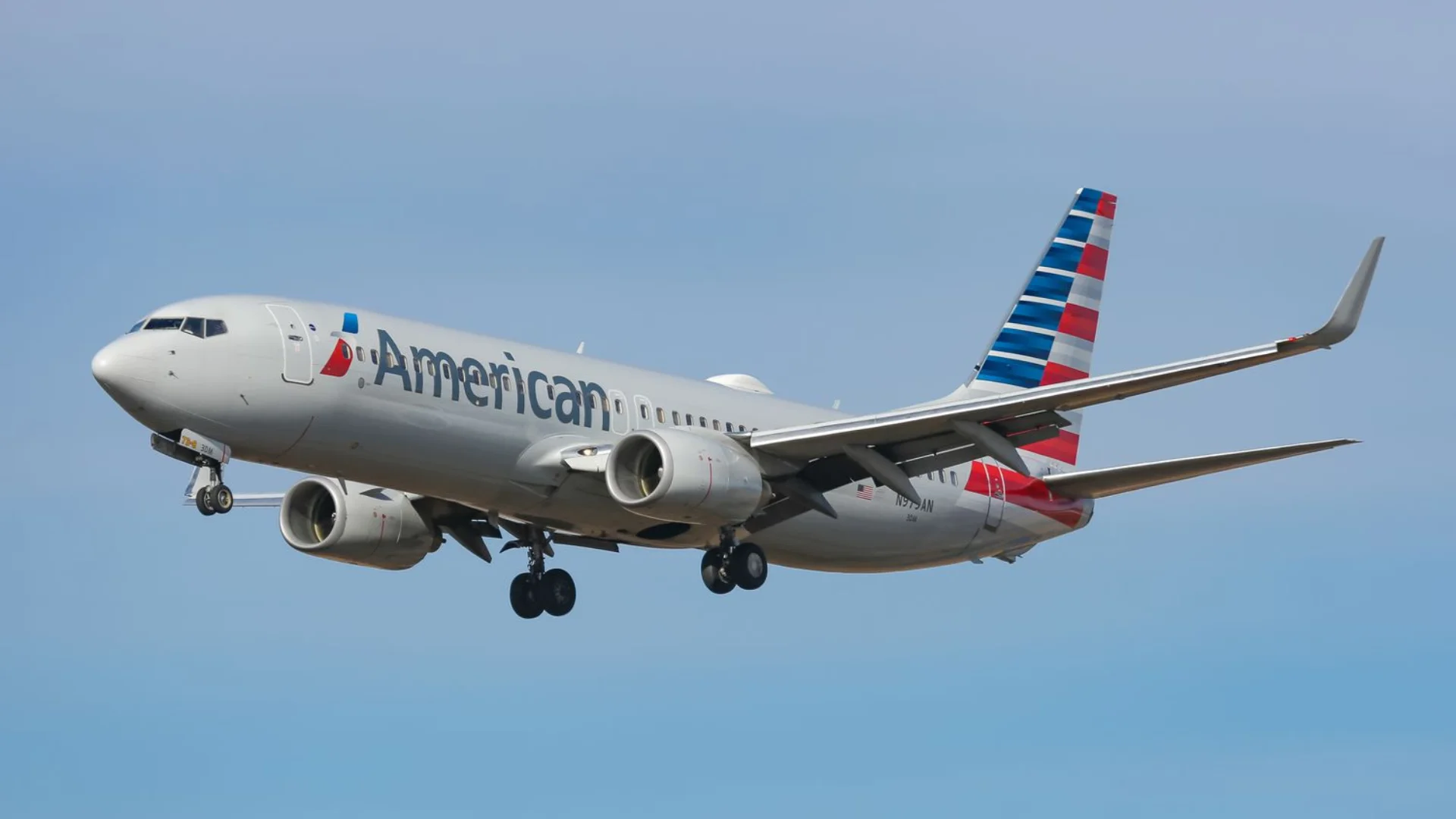During World War II, Germany had ambitious plans to develop long-range bombers capable of reaching the United States. This effort was part of the broader Amerikabomber program, which aimed to strike American cities in retaliation for Allied bombing campaigns on German and Japanese territories.
The concept of the Amerikabomber was considered as early as 1938, but advanced plans emerged in 1942 after the U.S. entered the war. Adolf Hitler envisioned retaliatory strikes on New York City, a target beyond the reach of existing German aircraft and V-2 rockets. However, the project faced challenges due to its high cost and resource demands.
Several prototypes were developed under this program. The Junkers Ju 390 was selected for further development with two prototypes built; however, only one flew successfully in 1943. Despite initial success, production ceased in mid-1944 as Germany's resources dwindled amid worsening war conditions.
 Alerts Sign-up
Alerts Sign-up







